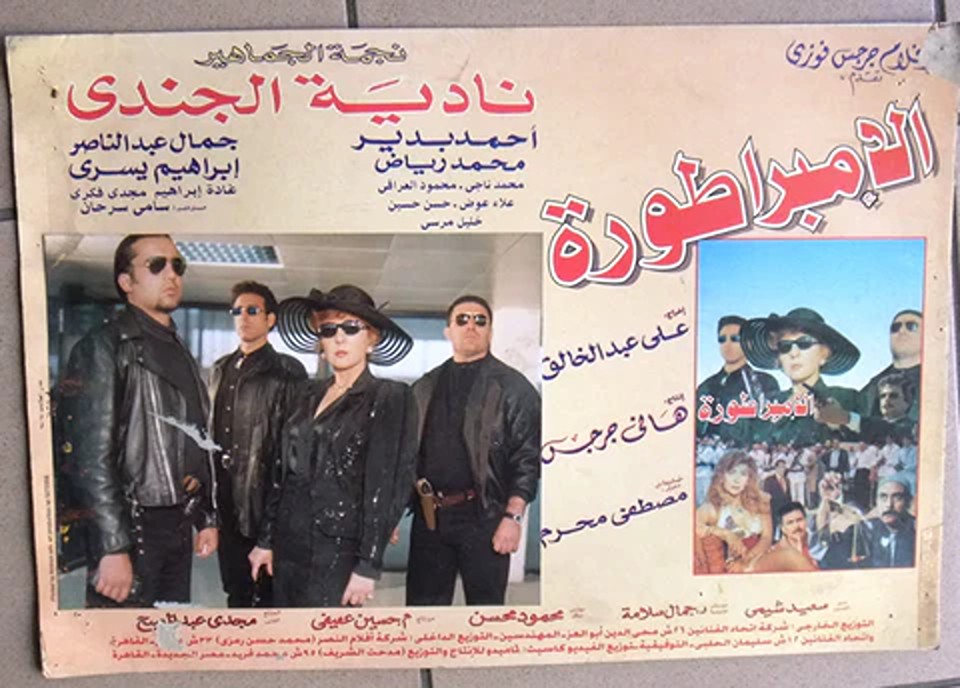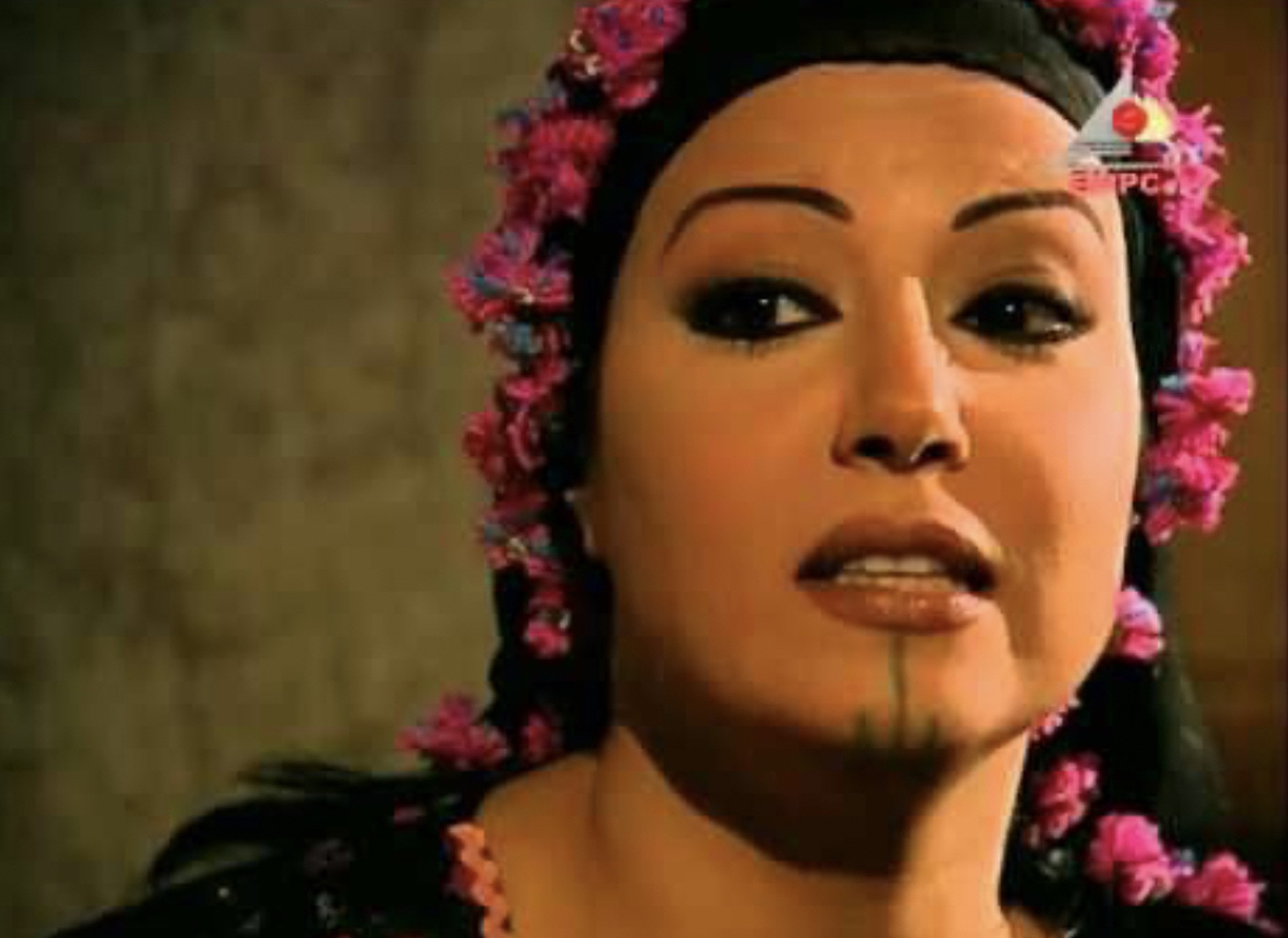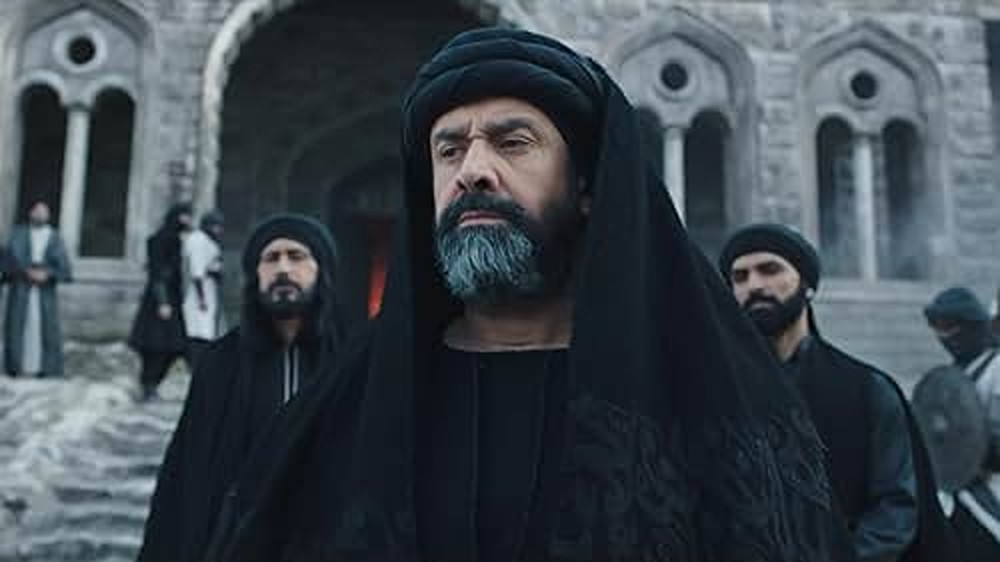Earlier than the Sixties, when filmmakers, artists, or on a regular basis folks wished to decorate up as villains or spooky figures for Halloween, the obvious go-to selection was to put on a masks — the extra inhuman one appears to be like, the extra villainous it felt.
Trend historian Nancy Deihl notes that anonymity performed a task within the evolution of the villain archetype. The essence of dressing up as a villain was to attain complete disguise. This idea of obscured id is mirrored in one of many earliest and most iconic horror movies, Frankenstein (1910), the place the character is shrouded in a masks that conceals their human options.
Over time, nevertheless, the façade of the masks light, revealing how villainous traits can manifest in numerous human figures in actual life—such because the elite, drug sellers, and even some spiritual and cult leaders.
In Egypt’s cinematic universe, dressing up as a villain is an intentional and complex course of, involving particular supplies like silk and leather-based, elite vogue symbols like a tarboush (fez) hat with a strolling stick, and even delicate touches like a well-groomed thick moustache.
As Halloween approaches, Egyptian Streets has put collectively a listing of iconic villains and their signature kinds.
Taher Pasha in Nahr El Hub (River of Love, 1960)
Impressed by Leo Tolstoy’s tragic novel Anna Karenina (1878), the Egyptian adaptation launched some of the memorable villains in Egyptian cinema: the rich aristocrat Taher Pasha (Zaki Rostom), who marries Nawal (Faten Hamama), a rural and easy girl.
Taher Pasha embodies the conflict between an outdated world characterised by inflexible spiritual codes, strict gender roles, and sophistication divisions, and a brand new period outlined by flexibility, empathy, and openness. His villainy isn’t marked by dramatic shows; relatively, it lies in his chilling coldness and rigid nature, which instills worry in these round him. His heartlessness was undeniably probably the most terrifying facet of his character.
To focus on this heartless high quality, designers normally choose for a minimalist strategy to the wardrobe, as merciless characters typically costume with simplicity relatively than flamboyant colours, as seen in Cruella (2021)’s easy palette of pink, black, and white. Equally, Taher Pasha’s elitist vogue mirrored the coldness of the elite, marked by a tailor-made swimsuit, a thick tie, a tarboush hat, and a strolling stick. The moustache has additionally lengthy been an emblem of elitism and masculinity, harking back to figures like King Farouk, who dominated till his ousting in a army coup in 1952.
In each scene, Taher Pasha donned the identical outfit, reinforcing his character and cementing his villainous persona. Very like how Cruella is inextricably linked to her iconic black and white fur coat, Taher Pasha’s polished look grew to become unforgettable. He embodied villainy from begin to end, and his vogue selections remained constant all through the movie.
Zanouba in Al Imbratora (The Empress, 1999)

Some villainous vogue stands out for its simplicity, whereas others are captivatingly stylish. Though villains can provoke and wreak havoc, some fashion-forward villains handle to do all of it with fashion.
Whereas Hollywood incorporates a roster of iconic feminine villains, like Catherine Tramell in Fundamental Intuition (1992) along with her memorable interrogation scene, the place she is wearing a white turtleneck costume and a white coat, Egyptian cinema additionally has its personal assortment of femme fatales, prominently together with Nadia El Guindy. In Al Imbratora (The Empress, 1999), she portrays Zanouba, a downtrodden maid who turns to drug trafficking, finally establishing her personal empire.
Zanouba is unapologetically daring in her vogue selections, absolutely conscious of her villainous persona and isn’t afraid to intimidate these round her. As a legal, she often opts for a smooth all-black ensemble, full with a trendy hat and shades, whereas at different occasions she wears a glittery silk costume adorned with extravagant jewellery.
The silk clothes she wears all through the movie serve to focus on her wealth and seductive attract. Her voluminous, curly hair additionally provides to her highly effective presence, whereas her make-up is at all times female and daring, completely complementing her over-the-top fashion.
Sakina in Raya w Sakina (Raya and Sakina, 2005)

Two issues that merely can’t be separated are “Egyptian villain” and “Somaya El Khashab.” Famend as some of the iconic villains in Egyptian cinema, Somaya’s portrayal of Sekina in Raya w Sakina (Raya and Sakina, 2005) solidified her legacy as a feminine antagonist. Together with her sharp angle and hard, no-nonsense persona, she represents feminine characters who might maintain their very own in any confrontation.
Raya and Sakina had been two infamous Egyptian ladies, often known as the nation’s most notorious serial killers. They typically wearing conventional rural apparel, together with veils and an array of bracelets and anklets. Nevertheless, what set Sakina aside was Somaya El Khashab’s hanging use of make-up, which emphasised the depth of her character.
Her hanging black eyeliner, daring eyebrows, and face paint on her chin made her villainous character recognizable, even earlier than she uttered a single phrase. She additionally typically donned sparkly pink headscarves and colourful clothes, displaying how she stays true to her femininity even in a male-dominated atmosphere.
Hassan Al-Sabbah in Hashashin (Assassins, 2024)

Villain characters have historically been portrayed as criminals or elites. Nevertheless, current depictions have highlighted spiritual figures like Hassan Al-Sabbah, the founding father of the Order of Assassins, who established a Shiite Muslim state reliant on political assassinations to attain its goals.
Performed by Karim Abdel Aziz, Hassan Al-Sabbah is a ruthless cult chief with a particular fashion that’s onerous to overlook or replicate. His well-groomed lengthy beard and a number of flowing black cloaks create an aura and ambiguity. However it’s simple to miss probably the most hanging component of his apparel: the headdress, which is wrapped round his head like a crown.
In a single poster, Hassab Al-Sabbah looms as a God-like determine, draped in flowing black cloaks. His headdress crowns him, elevating him to a divine stature that units him aside from the figures behind him.
This layered vogue not solely conceals his determine but additionally evokes intrigue and secrecy. Equipment like his gold ring and black beaded necklace additionally additional deliver out his cult-like persona.





